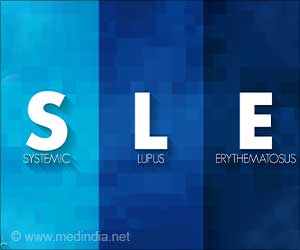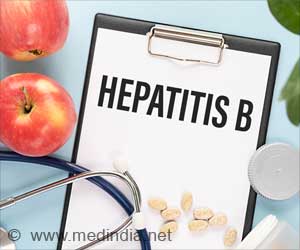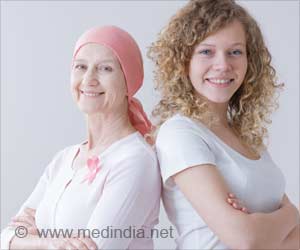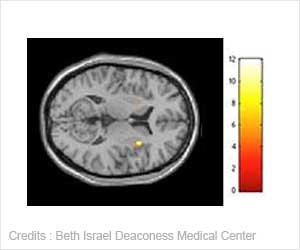A highly elastic biodegradable hydrogel for bio-printing of materials that mimic natural human soft tissues developed.
A highly elastic biodegradable hydrogel developed by University of Texas at Arlington researchers can generate multiple types of human soft tissues, including skin, skeletal muscles, blood vessels and heart muscles.
Bio-printing uses live cells within the scaffolding of the new tissues and could potentially transform cell printing.
"Soft tissue bio-printing suffers from significant challenges as the hydrogels were often brittle and un-stretchable and could not mimic the mechanical behavior of human soft tissues," said Yi Hong, UTA professor of bioengineering and leader of the project.
"To overcome these challenges, we developed a simple system using a single cross-linking mechanism activated by visible light to achieve a highly elastic and robust, biodegradable and biocompatible hydrogel for cell printing," Hong added.
TOP INSIGHT
New, innovative highly elastic biodegradable hydrogel could revolutionize bio-printing.
The researchers have described their findings in a new journal paper published recently in the American Chemical Society's ACS Applied Materials and Interfaces as "Highly Elastic Biodegradable Single-Network Hydrogel for Cell Printing." The paper was also selected as an American Chemical Society Editors' Choice.
A tri-block biodegradable polymer of polycaprolactone - poly (ethylene glycol) - polycaprolactone (PCL-PEG-PCL) with two end groups of acrylates and a visible-light water-soluble initiator forms this hydrogel for cell printing.
"Polycaprolactone and poly (ethylene glycol) are already widely used in Food and Drug Administration - approved devices and implants, which should facilitate quick translation of the material into pre-clinical and clinical trials in the future," Hong said.
"The tunability of the mechanical properties of this hydrogel to match different soft tissues is a real advantage," he added.
Michael Cho, UTA chair of bioengineering, congratulated Hong and his colleagues on this research.
"These colleagues may have created a new way of thinking about hydrogel bio-printing research," Cho said. "This work is also critical in advancing UTA's strategic theme of health and the human condition through cross-disciplinary work."
Source-Eurekalert
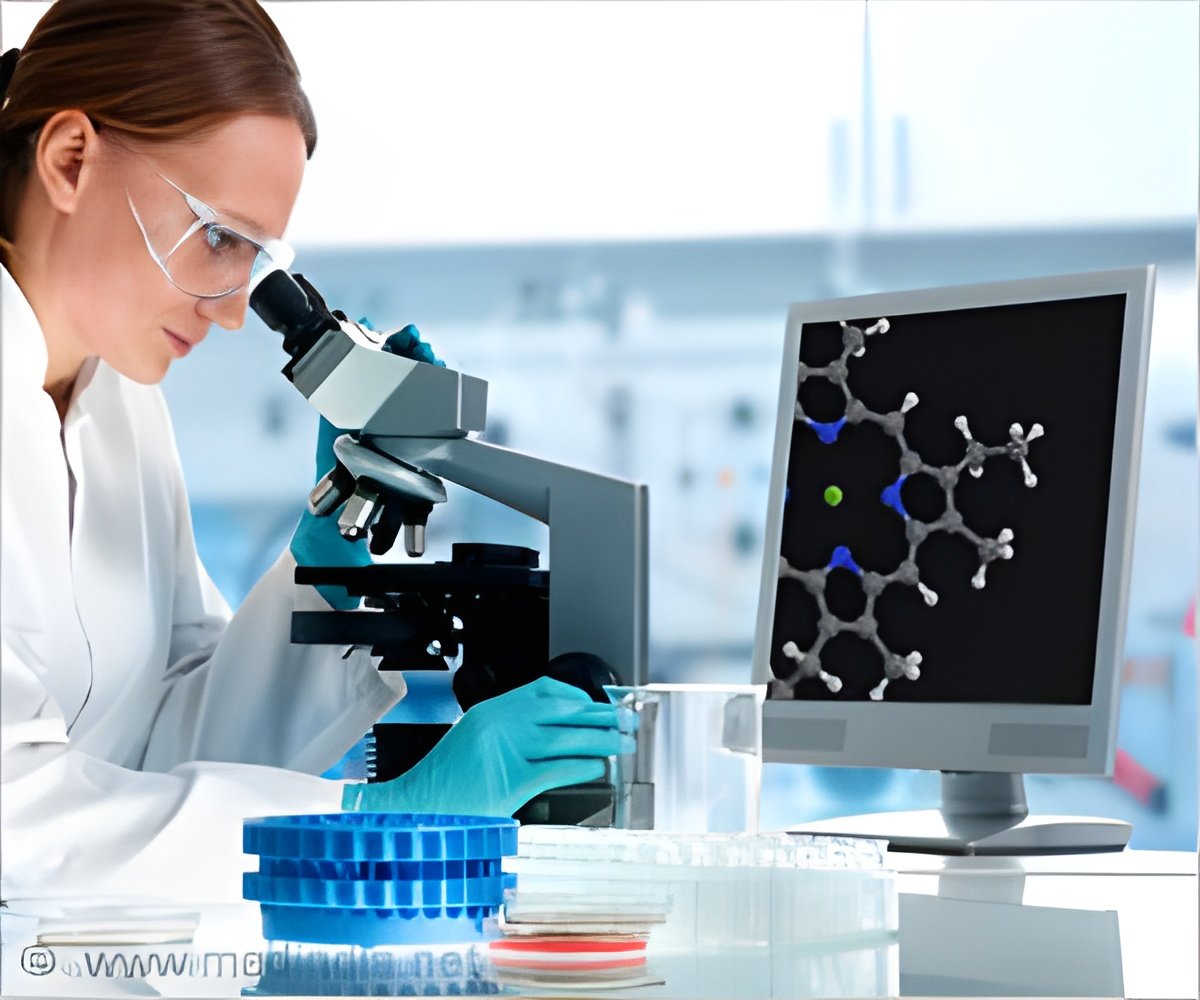
 MEDINDIA
MEDINDIA

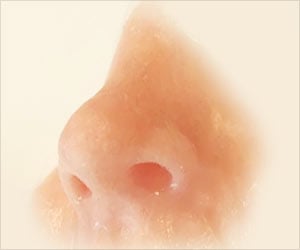

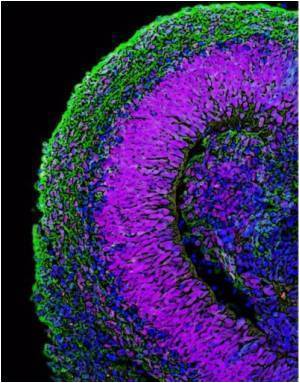
 Email
Email

